Dual Pane Window Failure Checklist
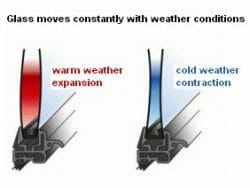
Solar pumping is the most common cause of dual pane window failure
Sun hits the window and the space between the glass panes heats up. The window then expands and pressure is put on the seals and spacers.
When the window cools, the space between the glass contracts, and when this happens there is pressure on the seals and spacers again. The window interior has negative pressure and it wants to suck in air, often with humid moisture in it. This repetitive process of expansion and contraction, day-in and day-out, will eventually cause the seal to fail and allow humid air to infiltrate into the window.
Over time, nearly all windows will fail, some more rapidly than others. In general, wood and metal thermal pane windows will hold-up better than vinyl framed windows. Naturally the higher-end windows of higher quality hold up longer.
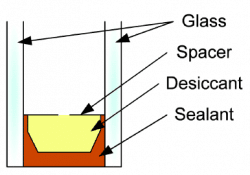
Silica Desiccant Pellets and Gel
Once the seal is cracked, then air with moisture in it enters into the area between the panes. At first, the silica desiccant will usually absorb this moisture, as it has the ability to absorb a tremendous amount of moisture in relation to its size. However, at some point, which may be years, it becomes fully saturated. When this happens, then the window begins to fog up or you may notice river-bedding at times.
The silica desiccant is located in the perimeter area of the window where the spacer and seal are located. (see photos)
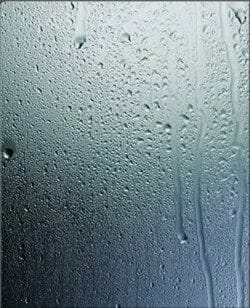
Look For These Warning Signs
1. Condensation droplets between the panes of glass: Tiny drops of water that have formed on the inside of the panes.
2. River-bedding: Moisture running down in tracks like a little river or canyon.
3. Foggy or misty appearance to the window: A gentle mist or foggy look may develop. This may appear cloudy or can even look like the window is dirty or hasn’t been washed.
4. White haze or “snowflakes”: This takes place when the silica gel (pellets) become fully saturated over the years and begin to erode. The air circulates the gel chemicals over the interior of the glass, forming a silica haze. When the moisture on the inner side of the pane dries, it leaves whitish-looking mineral deposits.
5. Blueish / reddish / greenish haze. This can indicate that the seal may be in the beginning stages of failure.
To obtain the highest LSG (light–to-solar-gain ratio) window films sometimes have a slightly colored appearance. This color generally is not evident when looking through the window from the inside, but might be obvious when looking at it from the outside. When manufacturers narrow the spectral region through which solar radiation can pass to just the visible portion, sometimes light at the edges of the visible gets clipped, cutting out either some of the blue light or some of the red at the other end of the spectrum (or both).
6. Seal or separator out of place: What may look like a rubber seal, shifts outward from the frame, between the panes of glass.
7. Remember to also check
- Peeling or damaged window film or tenting
- Staining on the sill area or areas around the window area
- Damaged frame or other parts of the window
- Cracks in the window glass
- Operation of the windows (open and shut them)
- Verify that all locks latch properly (possible safety concern)
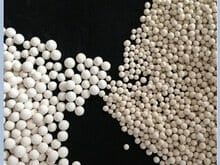
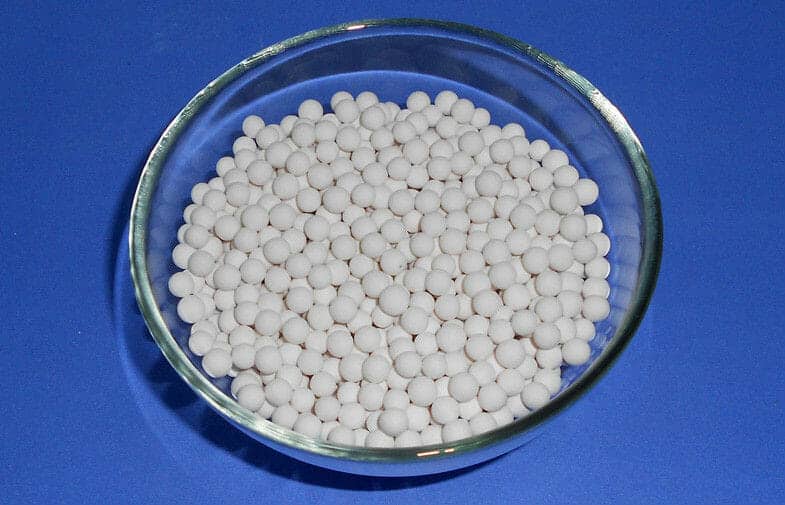
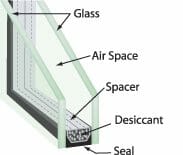
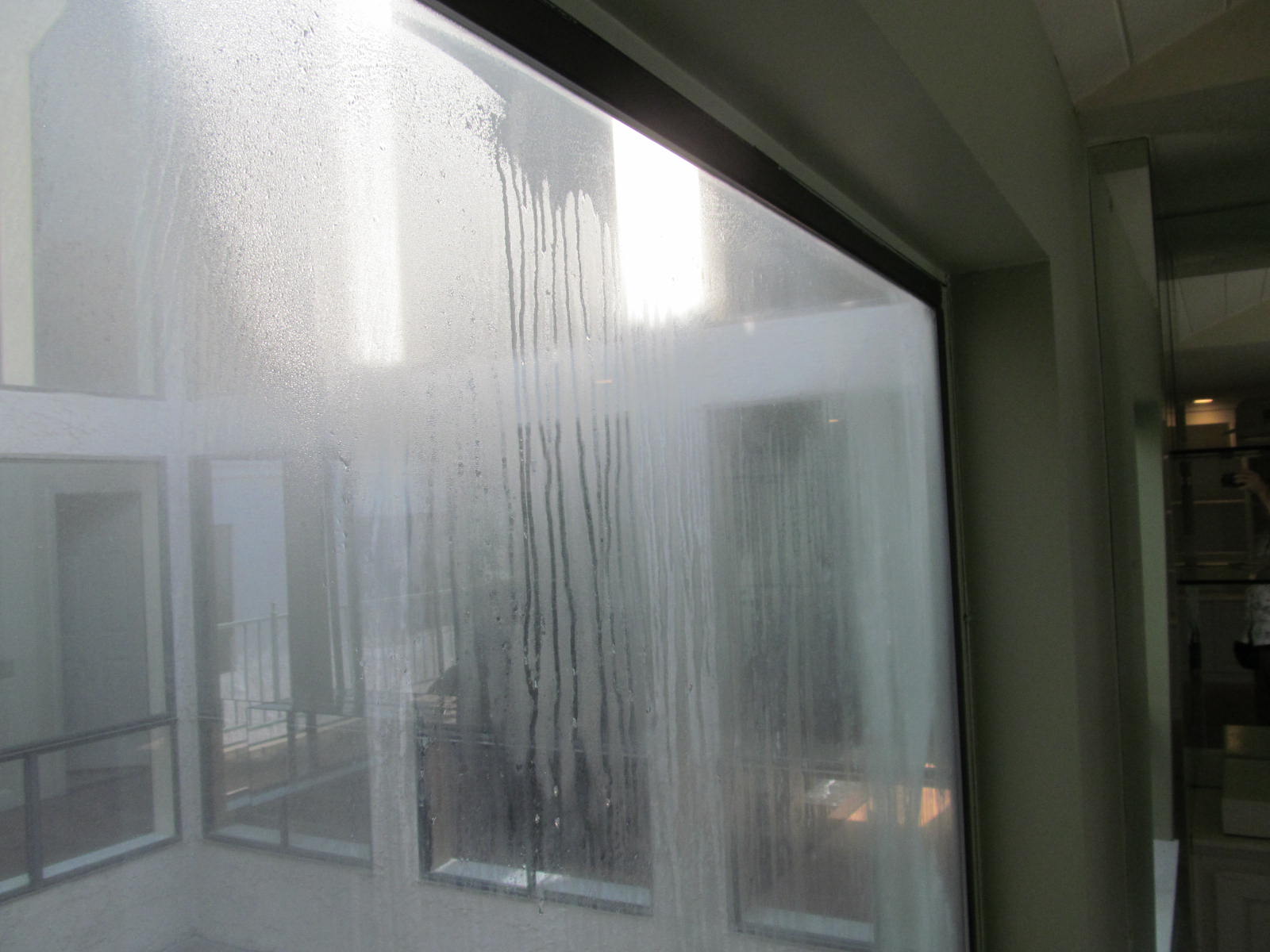
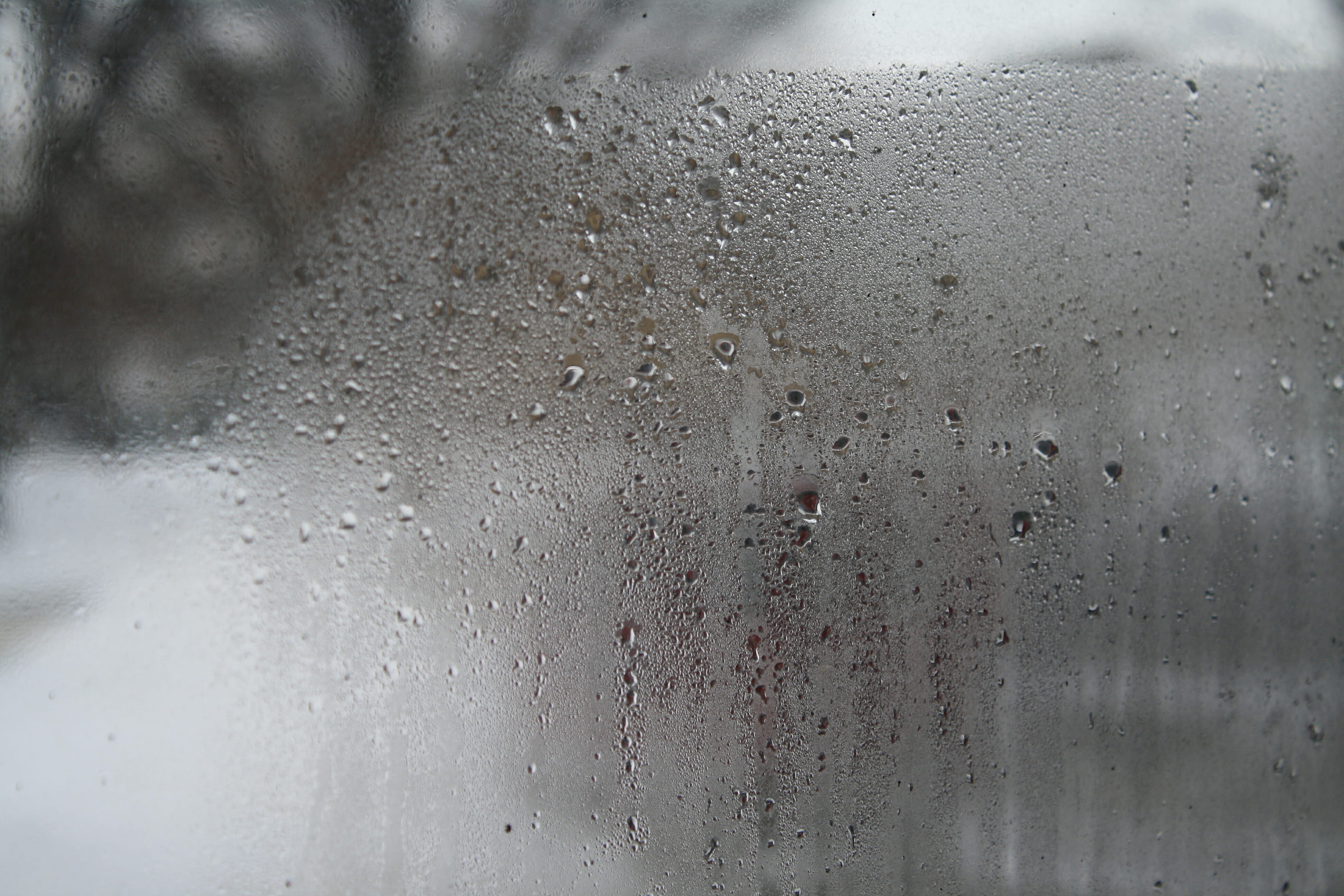
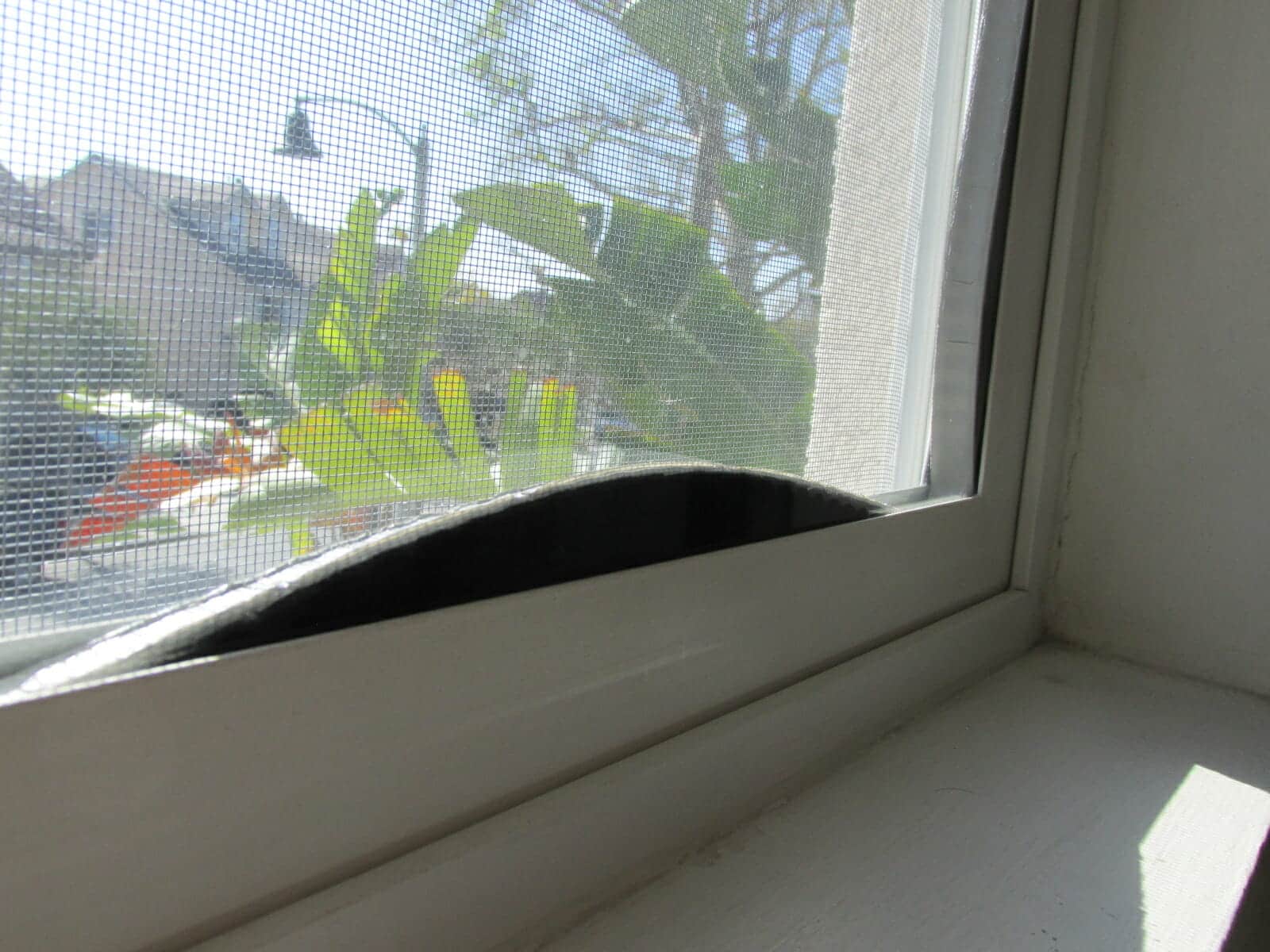
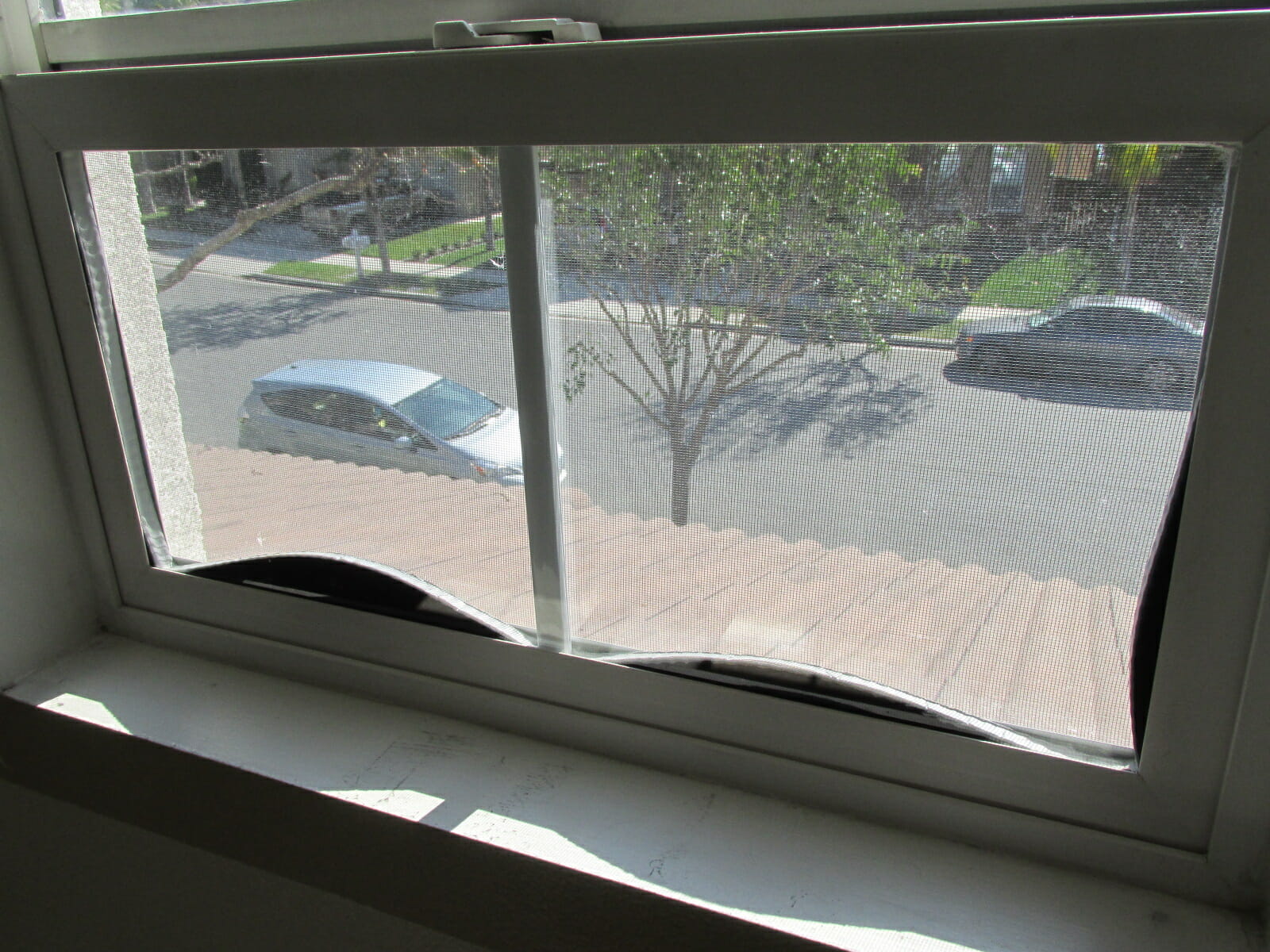

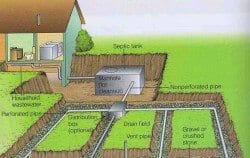

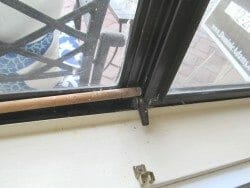

very helpful!!!
Item #6 on your checklist is exactly what my windows look like – the rubber seal is pealing back. They’ve been like that for at least 3 years but there hasn’t been any condensation or fogginess between the panes Can they be fixed or will I need new windows? Can the rubber piece that is failing just be removed? Thanks!